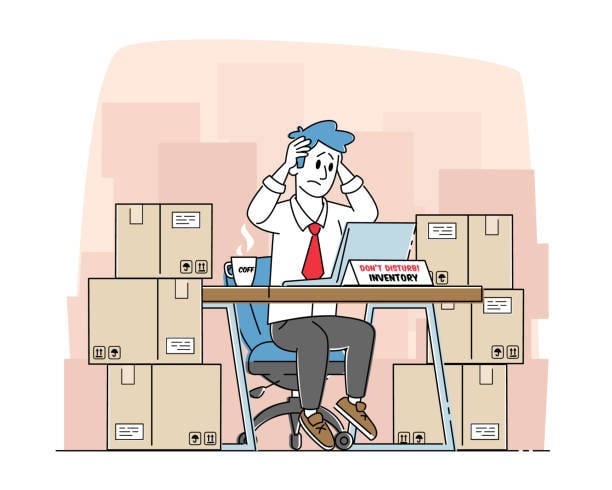What is a Variance, and Why Does it Matter?
If there is a discrepancy between the amount of physical inventory on the shelves and the amount stated in the inventory control system then you have a variance. Unlike shrinkage [https://purecount.com/blog/what-is-shrinkage], which is always a negative value, variance can be both positive or negative and has some common causes: system error, count error, location error and shrinkage.
Variance can be reduced with proper procedures for receiving, supervising, and shipping inventory as well as good housekeeping practices such as clean, organized and labelled inventory. And, of course, proper inventory counts can also reduce the amount of variance in your system!
Inventory counting systems that account for variance during the count will give you the most accurate read of your company’s inventory, stock loss or damage, and gross profit. You won’t be able to get a clear read on your company’s inventory levels and gross profit unless you factor variance into your inventory counts.
How do you calculate variance?
Some inventory counting software will automatically calculate variance during the count. If you are counting your inventory manually, you can follow this formula to calculate variance:
Step 1: Find the Cost Of Goods Sold (COGS). Calculate the COGS by multiplying the number of units (items or products) sold during a predetermined period of time by the cost per unit.
Step 2: Determine the inventory usage value. Calculate the starting inventory (from the predetermined period of time) + Received product inventory - Ending inventory.
The formula will look like this:
Starting Inventory + Received Inventory - Ending inventory = Inventory Usage Value
Step 3: Calculate the variance using the following formula:
COGS - Inventory Usage Value = Variance in $
To get your variance percentage, you can use the following formula:
Variance in $ ÷ Usage in $ x 100
What causes high variance?
A high variance can be caused by a number of reasons. Some of these reasons include:
- Internal or external theft
- Lost items
- Poor management of returned merchandise
- Broken or damaged inventory
When inventory variance is discovered, managers can decide how to approach the situation. While some managers may view high variance as a one-time occurrence, other managers may go through records and videos to get to the bottom of their high variance. Many stores have policies in place that ensure managers report any high variance during an inventory count.
How can variance analysis help businesses?
Completing a variance analysis regularly will help your business both short-term and in the long-run. Here are three ways in which a variance analysis can help businesses:
1. Your business will make more money
High inventory variance means high shrinkage. Stores tend to aim for a variance of 2% or less, but this can be difficult if you don’t complete regular inventory counts. Counting your inventory regularly will allow you to see where your money is going. With a regular variance analysis, you can put a stop to shrinkage issues before they become a real problem.
A low variance means your store is selling close to everything that it’s buying. This means nothing is wasted, and your business will likely hit your projected targets.
2. You can identify shrinkage issues before they become problems
As mentioned above, completing a variance analysis allows you to identify shrinkage issues before they become real problems. Once you notice your variance is high, you can get to the bottom of it immediately and in doing so, effectively save your business from losing out on profit. As a business owner, the last thing you want is to complete an annual variance analysis and realize your business has been experiencing shrinkage problems for the last 12 months.
3. Your purchase orders will be more accurate
Completing a variance analysis is one of the best ways to get a read on how much you should be ordering during your purchase orders. Are perishable items going to waste? Are certain items not selling? Which items are being returned regularly to your store?
Completing a variance analysis gives you visibility to all of these questions, and effectively allows you to make smarter business decisions when completing your purchase orders.
How can you prevent high variance?
Simply put, the best way to prevent high variance is by completing regular inventory counts. Inventory variance can destroy business profits, so most managers aim for a low variance percentage. If a business’s variance is 5-10 percent, this may raise serious concerns and can greatly affect a business’s gross profit. You may think this doesn't matter of $50,000 of inventory, but putting in place best practices allows your business to be ready to grow.
Using inventory counting software that automatically calculates variance during the count is the best way to prevent high variance. Reach out to our team today to learn more about PureCount and how our software can help your business.
